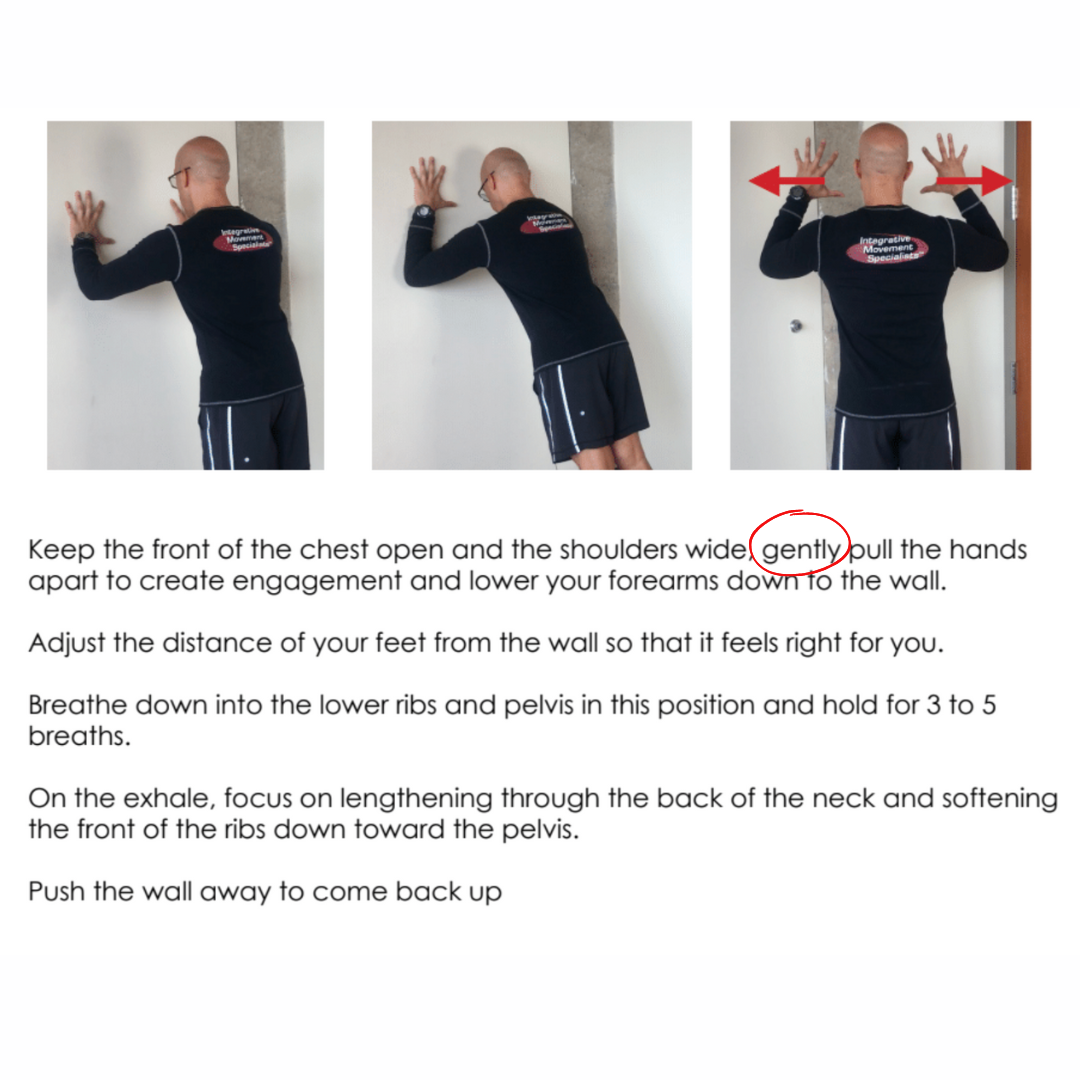Free up your shoulders and neck

Do you ever find yourself wanting to stretch your neck or shoulders, and you find that it gives you just momentary relief? Have you ever gotten a massage that felt so great while you were receiving it, and then a day or even an hour later, the tightness returned, and sometimes it felt even worse? It was not the therapist’s fault or yours.
There is an intimate relationship between your head, neck, shoulders, and rib cage.
- Eight muscles connect your head to your neck
- Six muscles connect your shoulders to your neck
- Two muscles connect your head to your rib cage
- Ten muscles connect your rib cage to your neck.
What this should tell us is that we likely can’t just fix one thing, and all our troubles will go away if it were only that easy.
All is not lost, though.
There are many reasons why your neck, shoulders and we will include upper back may feel chronically tight. Here are a few we see regularly:
- History of surgery (it does not have to be in the area of chronic tightness)
- Car accidents
- Falls
- Work-related activities
- Posture
- Hobbies
- Sprains/strains
- Bone breaks
- Exercise
- Or a combination of some or many of the above.
The one thing all of the above have in common is habits that can drive chronic tightness. If you have had surgery, sprains/strains, car accidents or other injuries, you likely found yourself moving, sitting and overall doing things differently due to pain and/or weakness. This will create habits, non-optimal habits as we call them. How you sit, stand and move during hobbies and exercise can also influence non-optimal habits in your body.
Here is an example of a person who struggles with chronic neck and shoulder tightness, especially her right shoulder and neck.

She complains that her neck and shoulders always feel tight. She has tried stretching them for years and has never gotten lasting relief. She has been in several car accidents and suffered mild to moderate whiplash with each. She works out regularly, as she has been told to strengthen her shoulders and that pulling them down and back will help with her posture.
- When you look at the photo, the right shoulder sits lower than the left
- The two arrows show the difference between the bottom of the left shoulder blade and the right shoulder blade
- There is a long slope on the right side from the neck to the shoulder
- The bottom line shows compression of the low right back
The right side of her shoulders always feels tight because it is on a constant stretch. Like pulling a rubber band tight. Not because it is short and tight.

This client needs help putting the shoulder(s) in better alignment, which will alleviate the tension of the neck, especially the right side. In this instance, stretching is not an optimal strategy and is likely contributing to the issue.
An effective exercise to help with shoulder alignment is the wall pull-apart. The exercise puts your shoulders and shoulder blades in optimal alignment.
You can do this with just hands on the wall at shoulder height or the forearms. Please note we highlighted this is to be performed gently for maximum benefit.

Repeat the gentle pulling away for 3-5 breaths. This exercise, as 'simple' as it appears, helps relax the larger muscles while engaging the smaller muscles, which help support your shoulders and posture.
If you have been struggling with chronic neck and shoulder issues, try this exercise a few times a day. The effort should be with the mindset of less is more with this exercise.
Also, please reach out if you are feeling stuck. Working with clients on posture, alignment, and creating optimal habits is our specialty,
Feel free to forward this information to others you feel may benefit from it!

